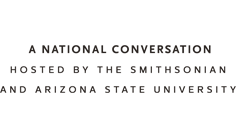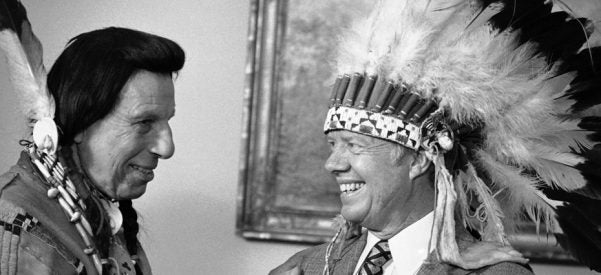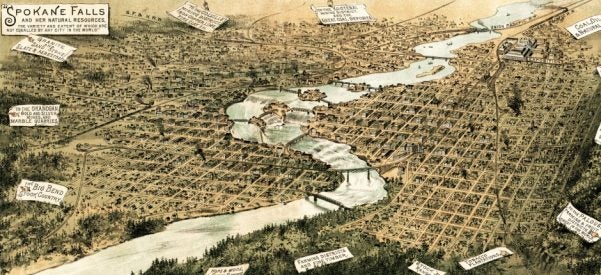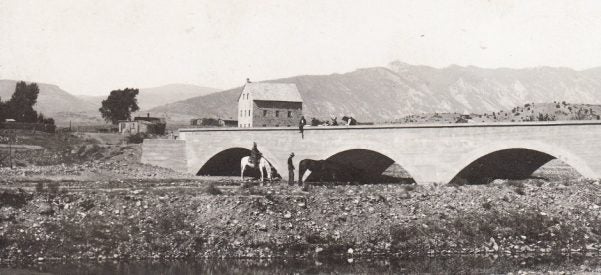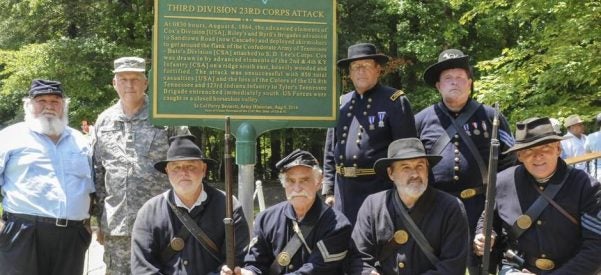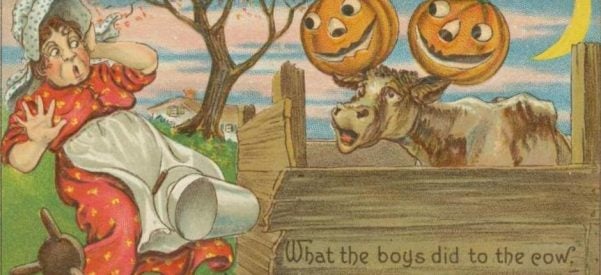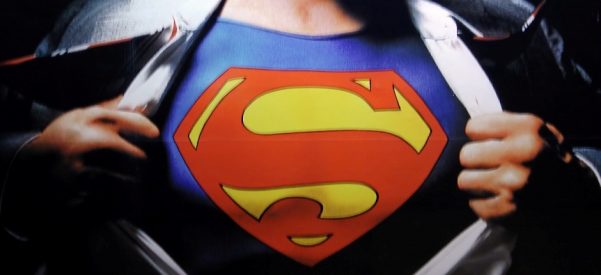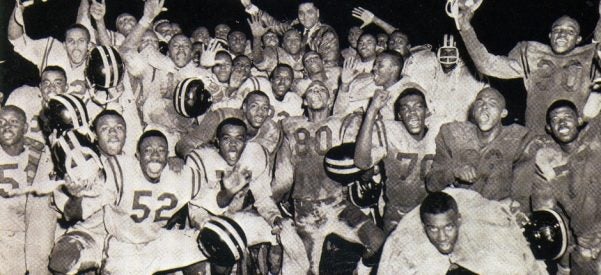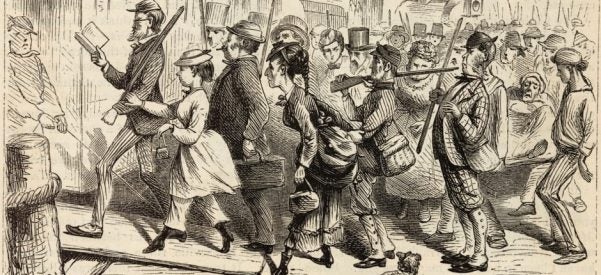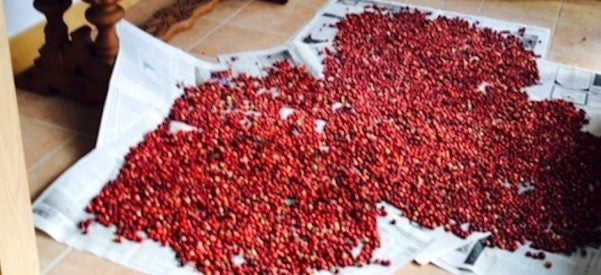The “Crying Indian” Ad That Fooled the Environmental Movement
Behind the '70s Anti-Pollution Icon Was an Italian-American Actor—and the Beverage Industry
It’s probably the most famous tear in American history: Iron Eyes Cody, an actor in Native American garb, paddles a birch bark canoe on water that seems, at first, tranquil and pristine, but that becomes increasingly polluted along his journey. He pulls his boat ashore and walks toward a bustling freeway. As the lone Indian ponders the polluted landscape, a passenger hurls a paper bag out a car window. The bag bursts on the ground, scattering fast-food wrappers all over …

